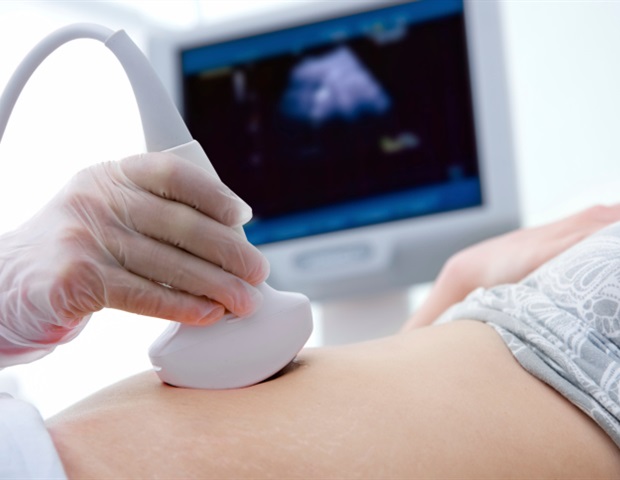A team led by engineers at the University of California San Diego has developed a device that is a first step to enabling noninvasive, ultrasound-based therapies for the brain. For example, ultrasound waves are currently being used in clinical trials to treat epilepsy.
Current approaches are focusing ultrasound waves to reach their specific target in the brain. But this has proven difficult, as ultrasound tends to bounce around within the skull, which leads to some areas of the brain being over-exposed while others are not exposed enough. In worst-case scenarios, this can cause hemorrhage and overheating in brain tissue.
We can't modify the inside of the skull. The only thing we could do was to change how the device that produces the sound works."
Professor James Friend, Senior Author, Department of Mechanical and Aerospace Engineering, University of California San Diego
Researchers tried a different approach: diffusing ultrasound waves instead of focusing them. They accomplished this by placing a microscale diffuser on the transducer that produces the ultrasound waves. The device is built based on the Schroeder diffuser–the best sound diffuser mathematical models can provide. This is the same math that is used to design concert halls so that every audience member can hear music perfectly.
The team details their research in the Feb. 16 issue of Advanced NanoBiomed Research.
The ultrasound waves are applied to cells that have been engineered to be more responsive to ultrasound stimuli by researchers at the Salk Institute. The cells are exposed to an adenovirus that causes them to form an ion channel called TRPA1 that is sensitive to ultrasound.
"By using a targeted approach for this delivery, we can use uniformly distributed ultrasound instead of focused ultrasound," Friend said.
Researchers showed that the device worked as intended first in a Petri dish with human embryonic kidney cells and neuron cells. The cells showed twice as high an activation in the TRPA1 channel with the diffuser than without.
In addition, researchers used the diffuser with an ultrasound wave generator on mice. They found that the diffuser creates a uniform acoustic field in the skull cavity, ensuring that only the brain regions engineered to be sensitive to ultrasound were stimulated.
"The idea behind sonogenetics is to engineer cells to be more responsive to ultrasound stimuli," said Aditya Vasan, a PhD student in Friend's lab and the paper's first author.
"We do this by screening for proteins that respond to ultrasound stimulation at specific pressures and frequencies; and by genetically engineering specific brain regions to express these proteins.
The diffuser is built with tiny pits that modulate how the ultrasound waves are emitted. Specifically, the diffuser ensures the waves are emitted in a staggered manner, which helps prevent the creation of echoes. The depths of the pits are calculated with the Schroeder diffuser model.
Next steps include better understanding the way ultrasound waves stimulate cells and conducting broader in vivo studies.
"One of the goals with sonogenetics is to control which cells respond: think of it as a knob that controls lights that you have accurate control over," Vasan said. "Ultimately, we want to show that sonogenetics work in people."
University of California San Diego
Vasan, A., et al. (2022) Microscale concert hall acoustics to produce uniform ultrasound stimulation for targeted sonogenetics in hsTRPA1-transfected cells. Advanced NanoBiomed Research. doi.org/10.1002/anbr.202100135.
Posted in: Device / Technology News | Medical Science News
Tags: Adenovirus, Brain, Epilepsy, in vivo, Ion, Ion Channel, Kidney, Laboratory, Medicine, Neuron, Petri Dish, Research, Surgery, Ultrasound
Source: Read Full Article
